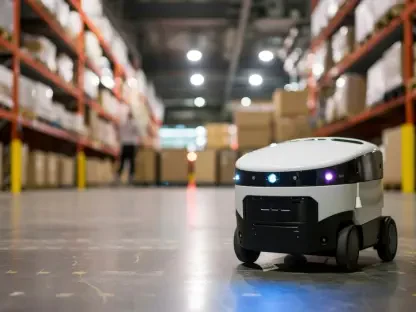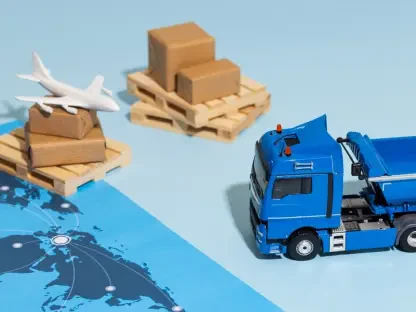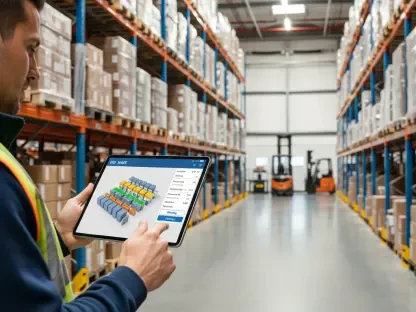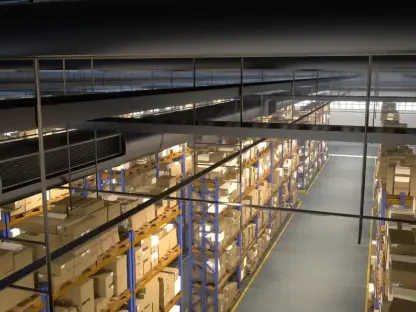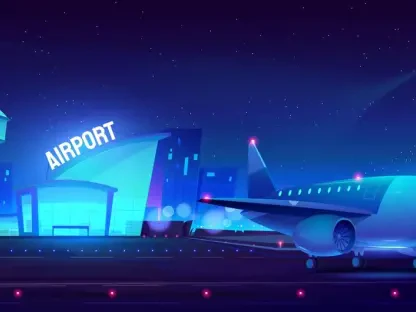The landscape of last-mile logistics is evolving rapidly, marked by significant challenges and transformations stemming from recent global economic shifts. Businesses engaging in the crucial final stage of the supply chain are experiencing mounting pressures to adapt to changes in trade policies and competitive dynamics. The need for heightened agility and continuous innovation in logistics practices is more pronounced than ever. Companies must navigate these complexities not only to remain competitive but also to meet the soaring expectations of modern-day consumers who demand efficient, transparent, and flexible delivery options.
Impact of Evolving Trade Policies
Navigating Tariff Challenges and Economic Uncertainty
In the current trade environment, companies face obstacles and uncertainties due to fluctuating tariffs, especially those imposed by the U.S., Canada, Mexico, and China. These tariffs have led to significant challenges in supply chains, including border delays caused by increased customs checks, further complicating cross-border shipments. As a result, businesses are often forced to rethink their delivery networks and find alternative routes to avoid delays. The ripple effect of these tariffs can lead to increased costs in the logistics journey, especially during last-mile execution. Consequently, companies have had to make difficult decisions regarding warehousing, often opting to relocate closer to consumers or ports to mitigate delays and manage costs.
The broader economic climate adds another layer of complexity, as global supply chain disruptions and geopolitical tensions can further exacerbate logistics challenges. The necessity of recalibrating distribution strategies in response to these external pressures underscores the volatile landscape within which last-mile operations must now operate. Businesses are finding that flexibility and rapid response capabilities are essential for dealing with sudden shifts in demand or supply chain interruptions. This adaptability is not just a reactive approach but is increasingly evaluated as a strategic necessity for long-term sustainability in the logistics sector.
Rising Costs and Their Implications on Last-Mile Logistics
The financial burden associated with last-mile logistics continues to grow due to several factors, including labor-intensive processes, fuel price volatility, urban congestion, and failed delivery attempts. In parallel, the demand for speedy deliveries has soared, with consumers expecting same-day or next-day service without any compromise on accuracy or reliability. Companies are, therefore, compelled to find innovative solutions to minimize costs while maintaining high service levels. Technology is playing a pivotal role in addressing these challenges. Integrating real-time tracking systems helps businesses enhance the visibility of shipments and anticipate potential disruptions before they occur.
Additionally, leveraging artificial intelligence for dynamic routing optimizes delivery paths, thus reducing fuel consumption and time on the road. Alternative delivery models, such as crowdsourcing, are also being explored to address peak demand issues and reduce operational costs. Moreover, the industry is witnessing a shift towards electric vehicles and sustainable practices to manage fuel costs and meet environmental standards. These adjustments are not just responses to economic pressures but are also becoming essential components of a sustainable and future-ready logistics strategy.
Technological Advances Driving Last-Mile Innovations
Embracing a Technology-Driven Approach
Incorporating advanced technologies into last-mile logistics is no longer optional but a critical component of staying competitive. Companies are making significant breakthroughs by employing cutting-edge technologies that improve efficiency and adaptability in their last-mile operations. The advent of automation, for instance, streamlines many labor-intensive processes, enabling faster delivery times and reducing human error. Automated warehousing systems and drones are examples of technology that enhance operational efficiency while simultaneously addressing staffing shortages.
Moreover, the integration of Internet of Things (IoT) sensors provides valuable data that aids in diagnosing and preemptively addressing logistic bottlenecks before they affect deliveries. By generating actionable insights, IoT technologies empower logistics operators to make informed, real-time decisions that optimize route planning and improve delivery accuracy. This data-driven approach is crucial in managing unpredictability within last-mile logistics, ensuring that companies can maintain high levels of service amidst external disruptions.
Scalability and Flexibility in the Face of Demand Fluctuations
The ability of last-mile logistics to scale operations according to fluctuating market demand is crucial for businesses aiming to ensure seamless service. The incorporation of scalable and flexible delivery solutions is a direct response to the need for businesses to adapt quickly to changing conditions. Agile logistics models emphasize modular infrastructure and resources, allowing quick scaling up or down as required without incurring excessive costs. These models often employ shared delivery networks or asset-light approaches that provide the necessary flexibility without substantial capital investment.
Cloud-based platforms are also valuable tools that enable businesses to adjust operations with ease. They facilitate better collaboration between various stakeholders, from suppliers to carriers, fostering a more integrated and responsive supply chain ecosystem. These platforms also provide real-time metrics and analytics, offering insights into performance and areas for improvement. Adapting to demand fluctuations through these innovative technologies not only enhances system resilience but also positions businesses to capitalize on opportunities presented by future market dynamics.
The Road Ahead: Future of Last-Mile Logistics
The evolving landscape of last-mile logistics is encountering significant challenges and transformations driven by recent global economic changes. Businesses involved in this critical final stage of the supply chain face increasing pressure to adapt swiftly to shifts in trade policies and rising competitive dynamics. The demand for greater agility and relentless innovation in logistics practices is reaching new heights. Companies must skillfully navigate these complexities not only to maintain a competitive edge but also to fulfill the soaring expectations of contemporary consumers. These consumers now demand delivery options that are efficient, transparent, and flexible, leaving businesses no choice but to continuously refine their strategies. Failure to innovate could lead to loss of market share as consumer standards escalate. Consequently, businesses are investing in cutting-edge technologies like AI and IoT to streamline operations, reduce costs, and enhance customer satisfaction, ultimately striving to meet today’s heightened demands in last-mile logistics.


